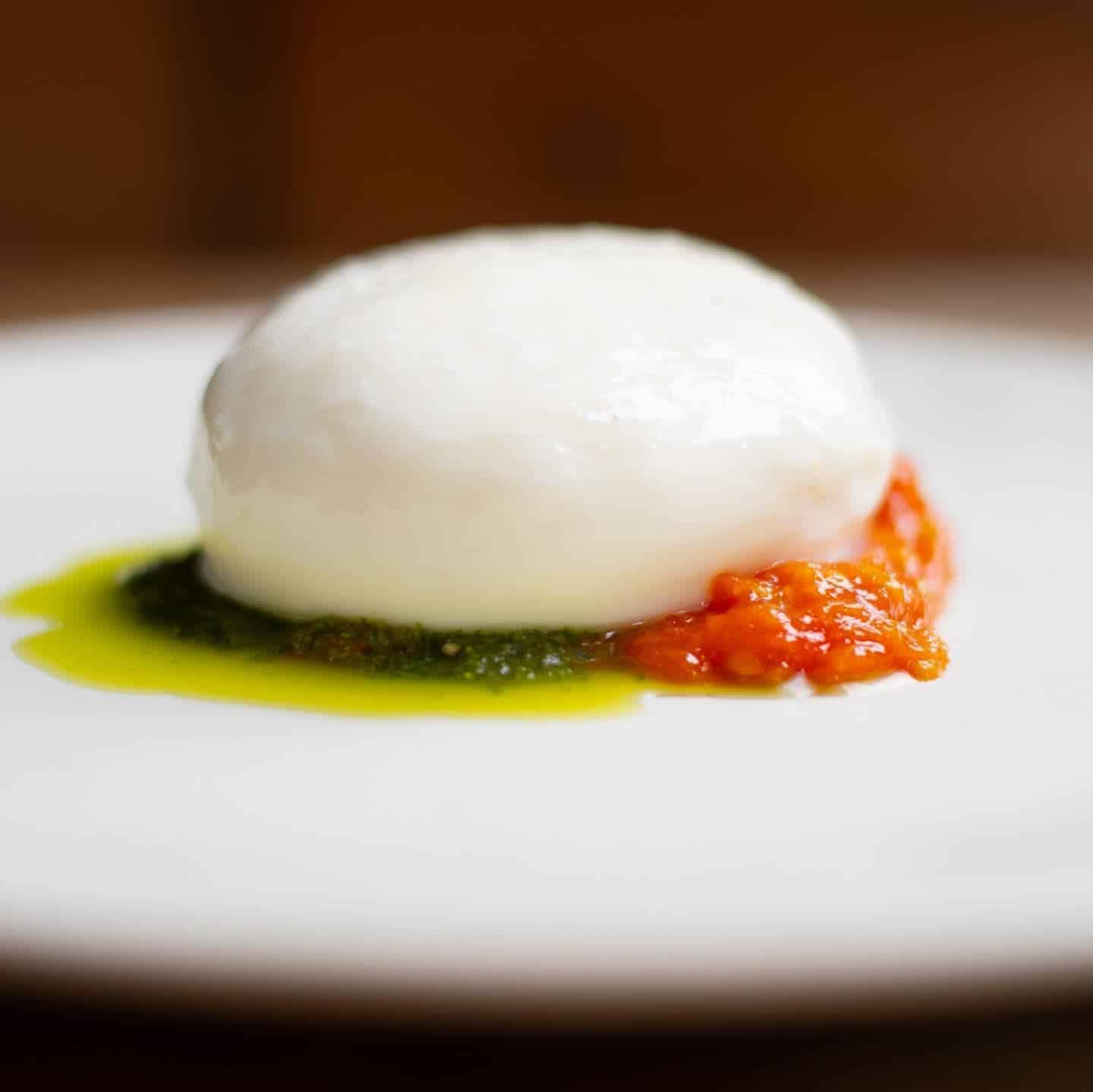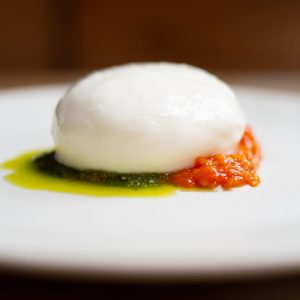
Here is this week's lunch menu... ♪
Weekly change
Salad vegetables (kale, kale stems, winter melon, pumpkin, marinated beets, soybeans)
simmered chicken and wax gourd with yuzu
Seasonal Vegetable Bibimbap Set
Pumpkin and Penne Gratin
Vegetable Coconut Curry
Minestrone
Daily special
Tue Spiced Beetroot and Potato Fritters
water dressed okra and eggplant with ume paste
Thurs Pumpkin Pie 🎃
Fri. fried bean-curd vermicelli with plenty of green bell pepper
Soil Potato with minced meat
Sun Kabocha Tempura
Woooooooooooooooooooooooooooooooooooooooooooooooooooooo!
Pests and Us
The vegetables we deliver daily are grown without the use of chemical pesticides.
Sometimes from customers who have seen the vegetables,
How can it be so beautiful when it's pesticide-free?"
You may be asked.
Because the vegetables are growing so well, they don't get bugs."
I wish I could say that 100% of the time. Of course, there are times when that is the case.
But to be honest, not all vegetables are in that condition in the more than 150 varieties we grow annually. So the exact answer is, "Because we only let the clean ones out," and the flip side is, "We throw everything else out.
I have a feeling that it is a waste. I am not at peace because I am throwing away vegetables that I have spent months of time and money on without putting them out in the open. I clench my frustration into a fist and throw it away.
We are professionals.
I believe that being a professional is about mindset, regardless of whether you have the skill or not.
A mindset of how you want to be.
I honestly feel like I could eat it, but if I put it out there, something inside me would crumble.
Do you have your own non-negotiable standards, not only for vegetables, but also for food and service?
I believe it is about being able to protect that for yourself.
And then the important part is after that.
Can you face your sorrow and frustration head on?
It's easier to run away from painful emotions, and the more we grow up, the more we desensitize ourselves to them, but I don't want to be like that.
I would like to continue to be a person who can turn out the next move by himself even when no solution is in sight.
◆◆◆◆◆
We are in the midst of the radish sowing season, and in fact, last year's radishes were a disaster.
When there were two or three true leaves, there was a large outbreak of daikon cinquefoil (Hyomadalanomai moth), which crushed the cores of most of the plants. I carefully watched the weather forecast and aimed to sow at a time when the maximum temperature was below 30 degrees Celsius and the minimum temperature was below 20 degrees Celsius, but it still did not work (I did not put an insect net over the plants).
Why was it that two years before that, we had been so successful with the same approach... A year before that, I was frustrated in front of a field of ragged daikon radishes.
After much thought and research, I could not find the cause of the problem. At the last minute, an idea occurred to me and I immediately looked into the past data.
This may be a coincidence since data has not yet been accumulated, but there were fewer outbreaks in years when there was a certain period of rainfall before seeding, and conversely, there were large outbreaks in years when seeding was done before rain after a series of sunny days. This may possibly be related!
We have had extremely little rain this summer, but last week we had a good amount of rain (more than we needed), partly due to a typhoon. So...now is the time!
I sowed yesterday although the temperature is still high. I am afraid, so half for now. I will try to sow the other half at a time when the temperature will be cooler and compare the results.
Whether this will be a good thing or a bad thing, we do not know.
But these things are fun.
I hope delicious daikon radishes will be delivered this winter.
Please stay tuned!
Thank you again for your support this week!








